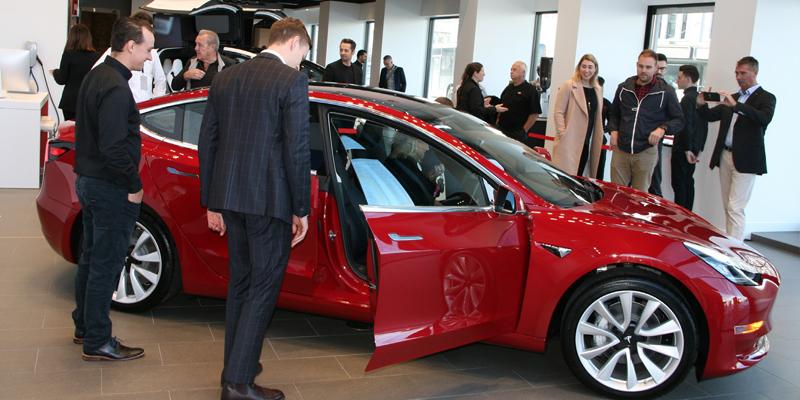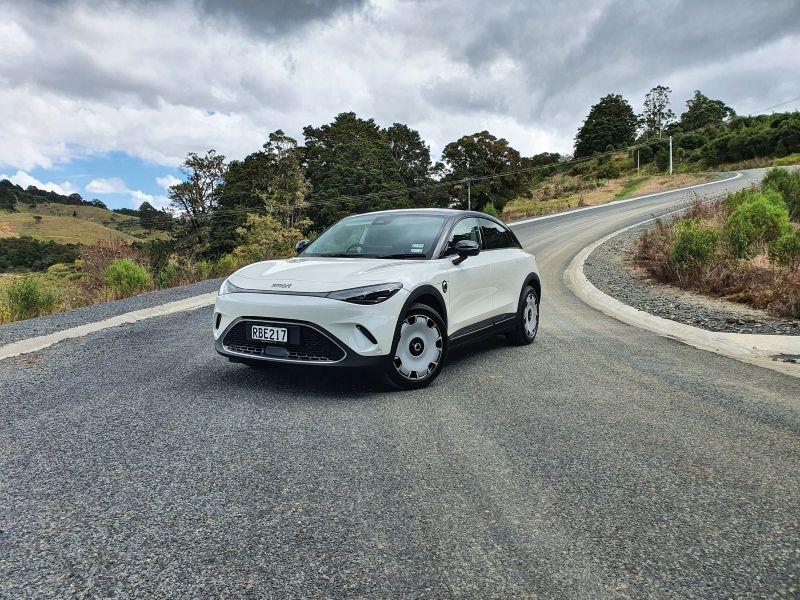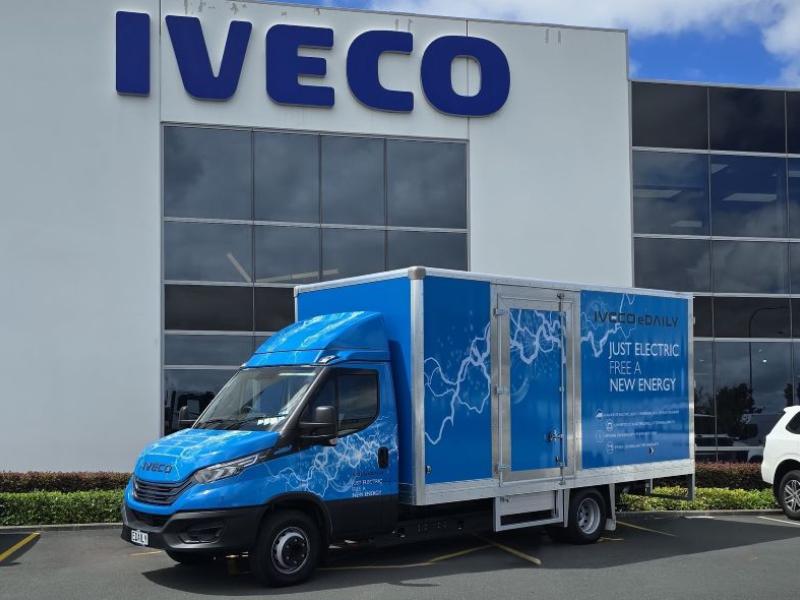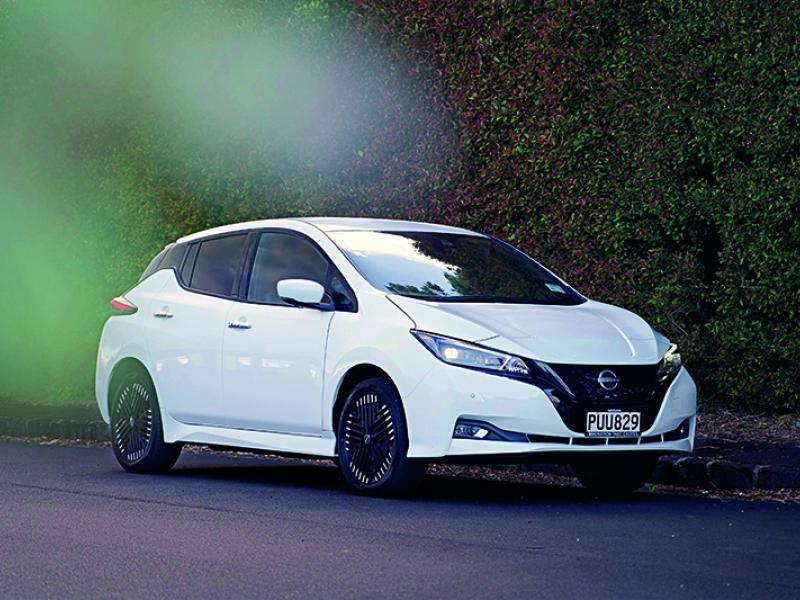They’re turning up all over the place and the general public are as excited as kids at Christmas whenever a new model rolls out – of course, it’s immediately compared to a Tesla… Seems ‘everyone’s’ driven a Tesla and ‘everybody’s’ blown away by the performance. But not too many people (there are some) have gone out and spent their hard-earned greenbacks to buy or lease one. And if the car’s as good as everyone says it is, why haven’t they?
They’re turning up all over the place and the general public are as excited as kids at Christmas whenever a new mode rolls out – of course, it’s immediately compared to a Tesla… Seems ‘everyone’s’ driven a Tesla and ‘everybody’s’ blown away by the performance. But not too many people (there are some) have gone out and spent their hard-earned greenbacks to buy or lease one. And if the car’s as good as everyone says it is, why haven’t they?
The first issue is of course, price. A New Zealand new Tesla don’t come cheap and while the buying experience is comparable to flying Concorde where you are treated like royalty, its no simple thing to have a Tesla or 13 added to your fleet, no matter how delightful the buying experience might be.
Am I wrong? How many Teslas are on your fleet? Not many, right?
But you might have an electric vehicle with another badge, or you might be considering such, so what exactly, are your options? And remember, we are looking at pure electric vehicles here, ones which must plug into a power source.
Hybrids, referred to as HEVs (hybrid electric vehicles), PHEVs (Plug in hybrids) and mybrids (mild hybrids or standard engines with electrical motor assistance) do not count.
Currently in the New Zealand market place, your list of EVs is a reasonably limited one, despite every manufacturer wanting to be included in the “we have an EV” inquiry process.
But the manufacturers who have really switched on to the EV kick is a small number.
At the budget conscious end of the market, you have Hyundai with the IONIQ and the Kona, the latter being SUV-esque by virtue of its styling more than anything else. Some would suggest it’s more of a tall hatchback, but we’ll let that be. The IONIQ is more towards your conventional lift or fastback car in appearance.
Later this year, we will see fellow Korean Kia introduce an electric SUV in the form of the Niro, which sits a little under the Sportage.
Out of Japan, Nissan is the EV champion with the Leaf hatchback, with a new model due to arrive sometime after August.
And also looking forward, disruptor brand SEAT is holding its breath for a New Zealand arrival next year of the el-Born, an EV showcased at this year’s Geneva Motorshow, reported to have a 420km range, 80 percent charge time of 47 minutes on a fast charger and a 0-100km/h time of 7.5 seconds.
Renault has its little city car, the Zoe, but this is still a generation 1 vehicle, which Renault NZ is not pushing too hard, preferring to wait for the gen 2, which will give better range. The French marque also has the city vanlette in EV form – the Kangoo.
Then you start looking at the Germans.
Volkswagen has the E-Golf, and BMW has shifted a number of diminutive i3’s, while from the luxury marques, it is Jaguar which is leading the charge in bespoke electric vehicles with the i-Pace, a strong contender in the World Car award stakes.
And no, we hadn’t forgotten, Tesla Model X, Model S and the newcomer, the Model 3 make up the balance of the New Zealand new passenger electric line-up.
As to commercials, well there are currently two options available to the New Zealand consumer, the previously mentioned Kangoo and the already well accepted EV80 from LDV.
This vehicle deserves a special mention because it is so very large and so very useful, but you needn’t take our word for it; talk to DHL Express:
In line with Deutsche Post DHL Group’s aim to reduce all logistics-related emissions to net zero by 2050, DHL Express New Zealand has switched onto the EV program in a meaningful way.
Mark Foy, Country Manager, DHL Express New Zealand says, “The decisions we make today will have an impact on the future generation and therefore it is critical for us to make the right decisions today.”
DHL Express has introduced three EV80s to its national fleet with the vehicles deployed to Auckland, Wellington and Christchurch. Three vans may not sound like much, but it is expected to reduce the company’s CO2 emissions by 80 percent.
“We are very excited to deploy new electric vehicles, which is a significant step towards our goal of becoming a zero-emissions logistics provider by 2050,” says Foy. “We are committed to delivering excellent service to our customers and working with them to achieve sustainable growth.”
The three electric vehicles have been partly funded by the Government’s Low Emission Vehicles Contestable Fund, which supports innovative projects that expand the use and possibilities of electric vehicles and other low emissions technology in the transport space.
And since we have now come to the subject of funding, it has been suggested that in order for EVs to really make an impact in New Zealand, there has to be a case made for funding in just about every aspect. That would include vehicle ownership as the price of EVs is still restricting their uptake.
It would be a very brave government to undertake the handing out of significant enough subsidies to make EVs available to all and sundry, so the current approach would appear to be: engage potential EV user buy in first, attempt to have distributors voluntarily lower their price (not really a starter unfortunately) and lastly, find some other ways of funding interest in the whole EV concept so that economies of scale can be realised.
This last one is working – to a point – as evidenced by the existence of the fund mentioned above and there are other fund outlets in play.
However, New Zealand is home to one of the biggest per capita consumers of pre-loved vehicles. Already, we can look to existing used car channels to find ‘very affordable’ EVs to test the waters.
You can, for instance, find Mitsubishi’s iMIEV sub-compacts and Nissan’s eNV200 vans, or first-generation Nissan Leafs. There are, however, huge cautions that should be heeded if one was to pursue the pre-loved option.
The New Zealand new product is more likely to be the go-to EV of choice for fleet users, given they have improved tech, good back up when it comes to any repair or service work and new, rather than nearly dead, batteries on board.






